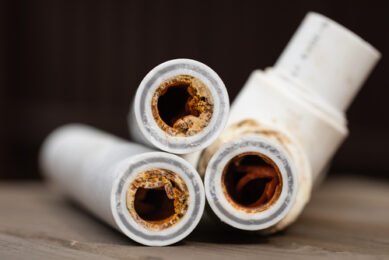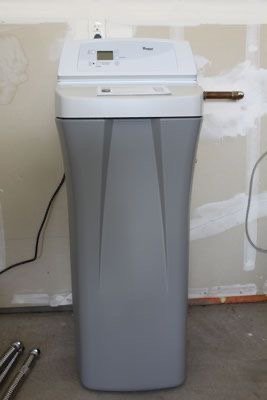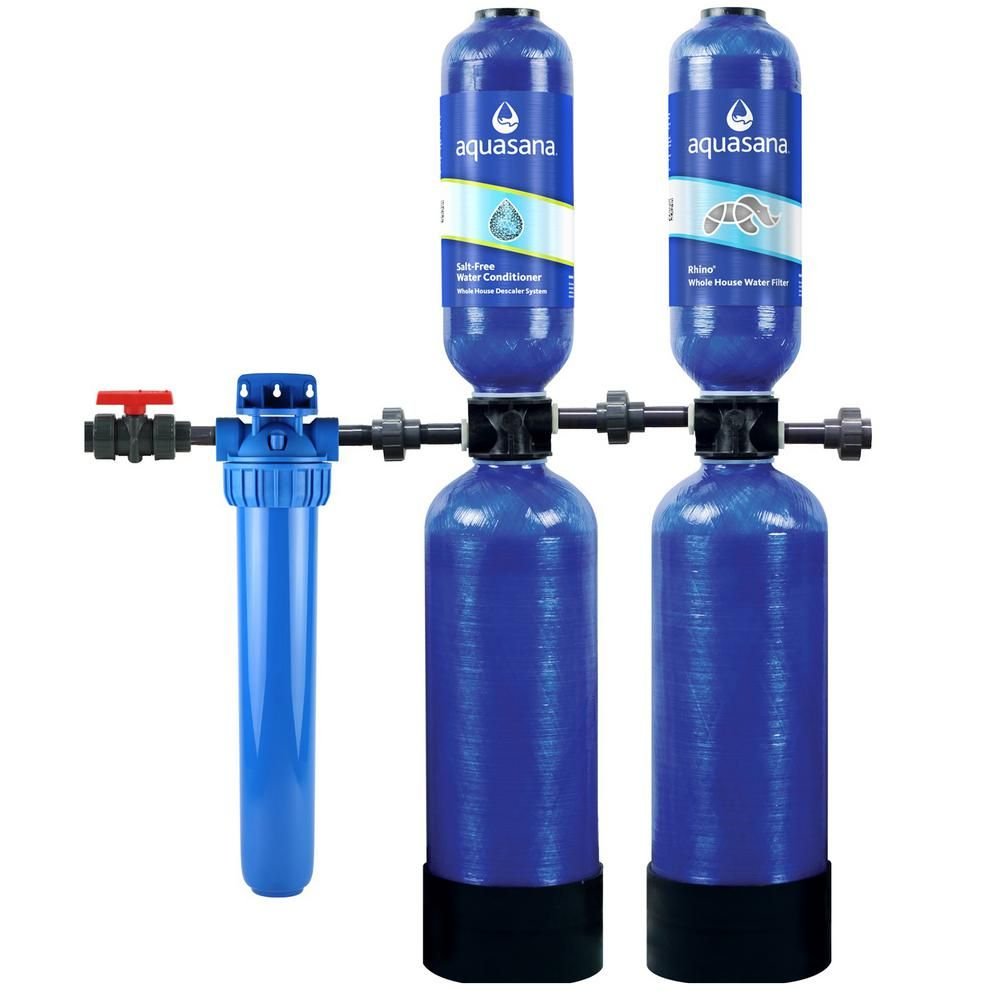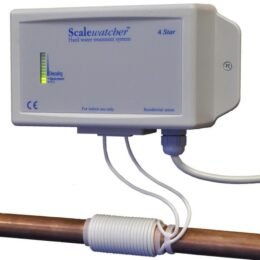Soft water is described as water that has less amount of minerals such as calcium and magnesium. In India, most homes get supplied with hard borewell water. Hard water does not pose any major health threats, but they do cause corrosion of lead water pipes and discolouration of your tiles when you use them to clean your floors or walls. Hard water is also the number one reason behind frizzy, dry hairs on our scalps. One can get rid of the hardness in their waters by boiling it, but that process is time-consuming. Therefore, if you can invest in a softener for hard water, you must get rid of the hardness and save time.
What is described as ‘soft water’, and why is it important to soften your water?
A naturally sourced water body generally has many living bacterias, soil, and dirt and contains various minerals such as calcium and magnesium. This water is categorised as ‘hard’ or ‘soft’ water depending on the percentage of minerals it contains. If the water that you use for daily purposes contains more hardness than 120mg per litre or 7 grains every gallon, then you must seriously install devices to turn that into soft water.
As mentioned earlier, although hard water does not have a severe effect, it tends to corrode the pipes and floors of one’s home. It destroys the natural state of your hair and skin. Sometimes it leads to mineral deposition in your water tanks and heaters, which causes breakdown. It also reduces the hardness of your utensils and glassware. You will also notice an improvement in the taste, smell and colour of your water after you have used a water softener. Thus, there are more benefits to using a water softener.

Source: Shutterstock
What is known as a water softener, and how does it work?
A water softener or an ion exchange unit is a home water filtration setup that removes the percentage of hardness naturally available in the water due to the presence of minerals. They make the water soft, which improves its quality and taste.
A water softener device has a mineral tank inside. When the hard water passes through this tank, it comes in contact with a resin bed which is round in shape. The resin bed is made up of polystyrene and contains charged sodium ions. Thus, this process of removing minerals from hard water is also called ‘ion exchange.’ The ion beads, or anions, carry a negative charge. But the minerals in hard water are positively charged. It is known that positive and negatively charged particles attract each other, and thus the positive resin beads attract the negative mineral particles to them. While the hard water passes through these beads, they capture the negative mineral particles and remove them. The resin panels take out all the hardening mineral ions from the water, and as a result, soft water flows through the other side of the resin bed and is ready to be used through the taps of our homes. This is how a water softener successfully turns hard water into soft water.

Source: Pinterest
What are the elements found in a water softener?
There are three main components in a water-softening device.
- Mineral tank: It is a chamber lined with resin beds. When water enters the chamber, the beads capture the mineral ions and the soft water exits.
- Control valve: The valve keeps note of the amount of water that is passing through the tank and into your home. The metre of the valve tracks the exact volume of water passing across the pipes. Every time the softening device is used, the strength of the resin beds to capture minerals keeps depleting with a collection of these ions and may break down. A control valve helps keep the cycle running, and it regenerates it instantly. One needs to feed in the data such as the number of family members, the size of your home, and the percentage of hardness found in your water. With this fed-in data, the valve makes sure the operation keeps running smoothly.
- Brine tank: This device helps in renewing the salt content in the mineral tank. They are placed beside the tank. It carries a solution of salt or potassium in high concentration. They help the resin beds maintain their positive charge. The brine tank adds the salt blocks to the resin beds manually. The salt mixes with the water. As soon as the decline of softening power of the resin beads gets registered by the control valve, it makes the brine solution pass through the mineral tank. The salt solution in the tank must not run out; otherwise, the device will be unable to properly soften the water.
Different kinds of water softeners that can be purchased
Generally, there are four different kinds of water-softening devices found in the market.
-
Water softeners that are salt-based
These types of water softeners are commonly found in the market. They are available in alternate sizes according to one’s needs. As the name suggests, they use resin beds that are charged by salt. They easily remove the mineral ions in hard water by letting them pass through an ion exchange device which then charges them with sodium ions. The chloride-charged water then gets released for use.

Source: Pinterest
-
Water softeners with dual tanks
This water softener also uses the same process as the salt-based water softener. There are two tanks placed side by side. One has resin beds; the other contains the brine solution. When the resin panel gets overloaded with minerals, the brine tank washes them away.

Source: Pinterest
-
Water softeners that are salt-free
As the name describes, they do not use salt solutions to help resin beds remove the minerals. Instead, the TAC(Template-assisted crystallisation) system and potassium chloride solution help in the job. If accurate, they are not a traditional water softening device but a ‘descaler.’ The TAC system detaches the crystals that get mineralised and obstructs them from forming a bond with any other elements in the water. There are many benefits of this water softener, they are environment conscious as they do not use salt, and it also does not let the water taste like salt. And they do not require electricity as it relies on the particles bonding themselves.

Source: Pinterest
-
Water softeners that are magnetic
Like salt-free water softeners, they are also descaler. It uses an electromagnetic coil to process the hard water. As the hard water travels through the magnetic field, the minerals get crystalised and get flushed out of the water, turning it soft.

Source: Pinterest
Top-selling water-softening devices available in the Indian market
The best model of a water softener
The Water Science CLEO Multiflow hard water filter shower head for municipal or metro water is the best-selling model overall. They are priced at Rs 1,895. Affordable and highly rated, this device has a four-tier cartridge filtering system that removes foul smell, chlorine and hardness in water. This shower head also protects our hair and skin when used in a bathroom. It saves around 70% of water by its mist mode that does not let unnecessary water pass through.

Source: Pinterest
Best water softener under the budget
The LG water inlet filter for washing machines is the best available model under the budget. They sell for just Rs 400. Hard water often damages our clothes if it is used for washing. To preserve the quality and texture of our clothes, it is advisable to use water filters that can be plugged into our washing machines. This LG filter removes the mineral particle from the water efficiently.

Source: Pinterest
FAQs
What are the main criteria followed while picking a water softener?
First, decide on the size of the device. Multiply the number of occupants by the average litre of water used by a single person. Also, look for the correct features and installation process of the device.
Is soft water safe for human consumption?
You can safely drink soft water and even use it to preserve the quality of your dishes, pipes, home and even your clothes.
Housing News Desk is the news desk of leading online real estate portal, Housing.com. Housing News Desk focuses on a variety of topics such as real estate laws, taxes, current news, property trends, home loans, rentals, décor, green homes, home improvement, etc. The main objective of the news desk, is to cover the real estate sector from the perspective of providing information that is useful to the end-user.
Facebook: https://www.facebook.com/housing.com/
Twitter: https://twitter.com/Housing
Email: editor@housing.com












